How Can I Tell If the Nutrient Cycle is Broken (And What Can I Do to Fix It)?
Regenerative ranchers know optimal ecosystem processes are integral to improving the health and profitability of their operations.
The nutrient cycle, which is the transfer of nutrients between living organisms and nonliving materials, is no exception. But how do you know if you’ve got a problem with the nutrient cycle on your ranch? Robert Wells, a livestock consultant for Noble Research Institute, shares his top tips.
How to identify a disrupted nutrient cycle
Step 1: Look at species diversity
Wells says he wants to see many different plant species in a healthy ecosystem. Lack of diversity indicates a disrupted nutrient cycle.
“Is this a monoculture?” he asks. “Or is this a place where we see a handful of species returning?”
Additionally, what kinds of livestock and wildlife are present? What manure types are out there? Is it just cow manure, or are there pellets from rabbits and deer and sheep and goats? And then how fast is the manure being broken up by dung beetles and other insects?
He also recommends listening to the birds. He identifies species present — hoping for many — using the free Merlin Bird ID app from Cornell University.
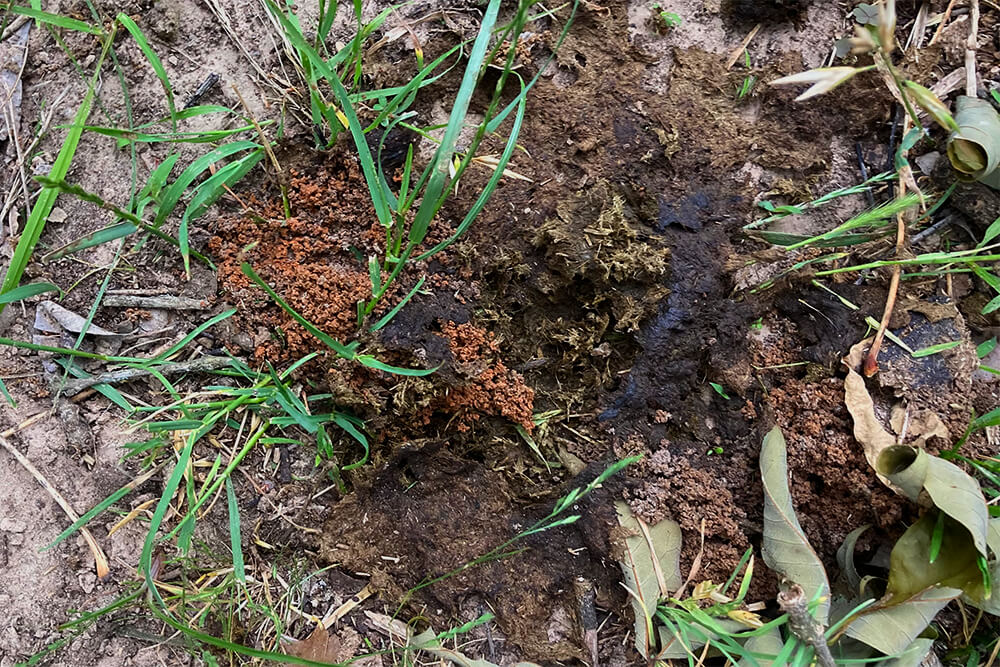
Step 2: Examine plant health
Wells also checks the robustness of the plants present. Are they fully expressing themselves, or are they in a challenged state?
“In other words,” Wells explains, “if I’m looking at big bluestem or switchgrass or Indian grass, and it’s already heading out at knee-high, then that tells me that we’ve got something that is hampering or preventing that nutrient or water cycle from working and expressing its fullest capabilities. Because those are big, tall grasses. They should be 3-to-6-feet tall.”
Additionally, with any bunchgrasses, look at the crown of the plant. Is it starting to die off in the middle, or is it full and healthy? Plants that are undergrazed may have a larger diameter crown and seem to be healthy, but, many times, when you pull back the leaves and stems, you will notice that the center of the crown is dead and decaying.
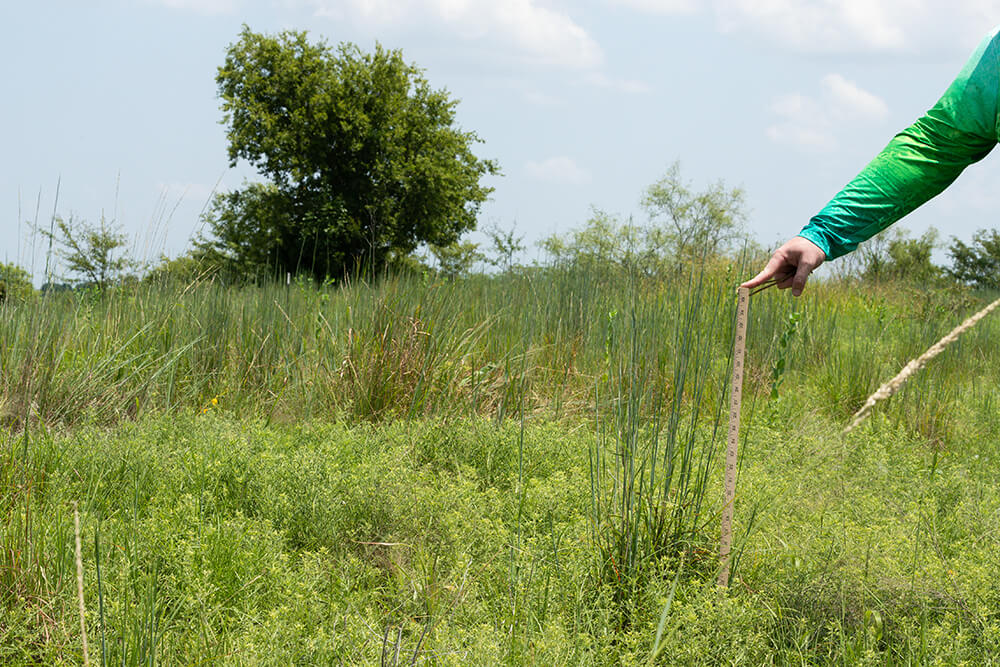
Step 3: Determine interplant spacing
Next, Wells looks to see how wide (or narrow) the interplant spacings are. Of course, context is everything.
“I just spent the last couple of weeks in Montana and western Wyoming, where you couldn’t leap from one bunchgrass to the next,” he says. “And if that’s where you’re ranching, you might think that’s fine. But in southern Oklahoma, we’d think that was terrible.”
When examining the space between the plants, Wells says it’s worth noticing what species are trying to fill it.
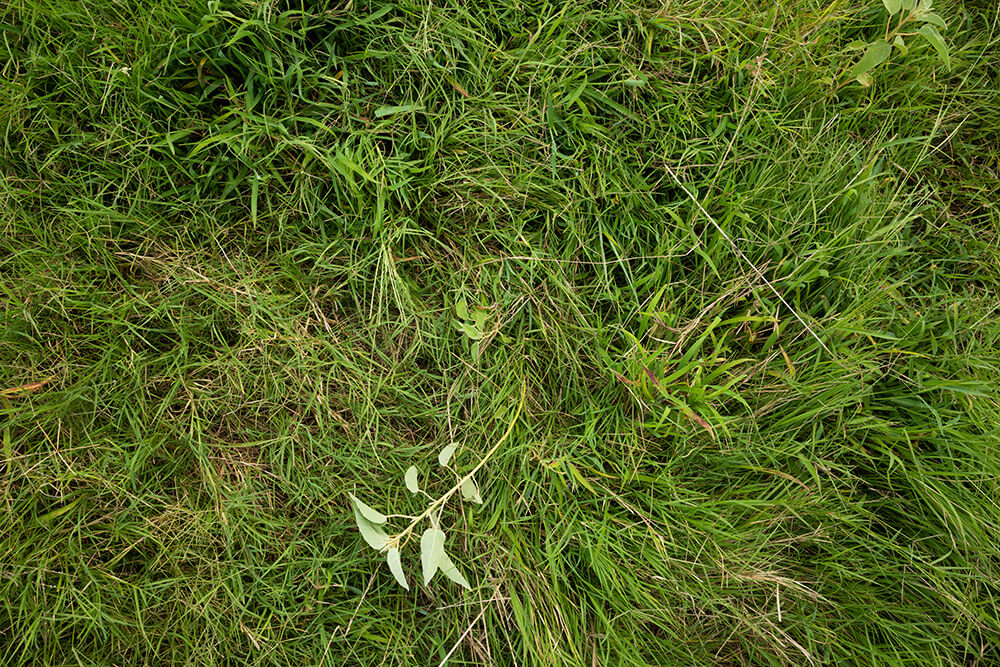
Step 4: Look at the litter
Is the soil bare, or is leaf litter present?
If there is leaf litter, Wells would start to dig through it and see if that litter is in contact with the soil surface. He explains sometimes there is a little air space underneath, and the leaf litter isn’t effectively contacting the ground. As a result, it’s missing the moisture that can come up from the soil to help in with decomposition. When that happens, there is more oxidation than mineralization happening, and the nutrients are going up into the air rather than going into the soil.
“I’ve heard it said, ‘There’s dead stuff, and then there’s really dead stuff,’” Wells says with a laugh. “So dead stuff is … you can still tell what it was. Really dead stuff is humus, and it’s going to be dark in color, and it’s going to have that really rich, earthy aroma to it. We ultimately want to get to the really dead stuff, where you can’t really tell what its origin was, because that’s the good stuff. That’s what we want.”
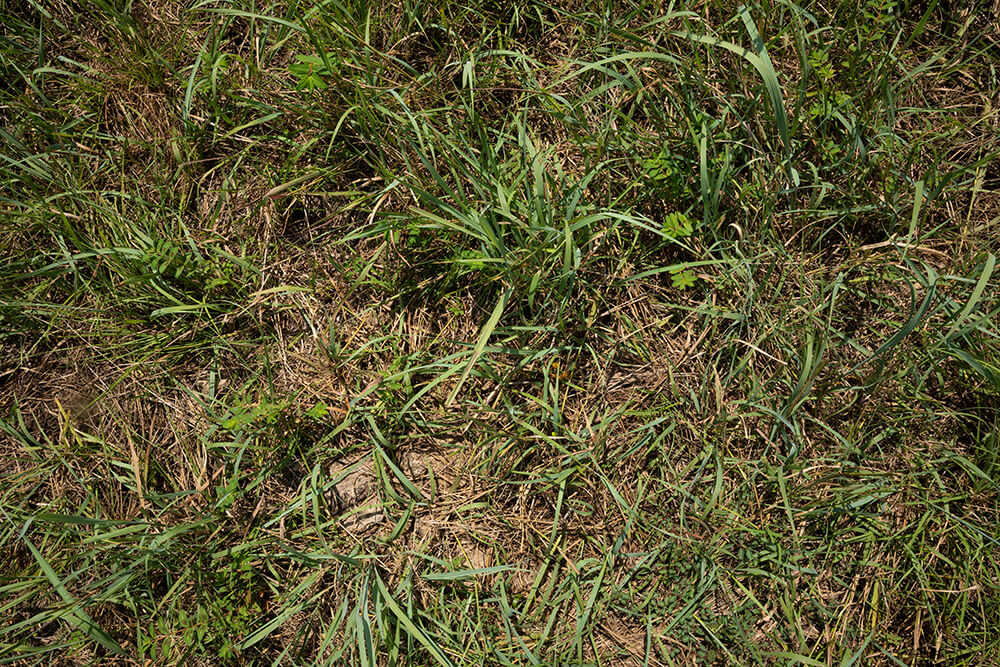
Step 5: See what’s left behind
Wells says if there are gray grass carcasses remaining after grazing events, the nutrient cycle has been disrupted. Their presence means they were not grazed or trampled. The grass has been there for an extended period and just dried up.
Likewise, if you find old manure pats that are gray in color, then you know they’ve been around for a while and no insects broke down the waste and buried it into the soil. This is a lost opportunity to fully utilize manure as natural fertilizer and cycle nutrients back into the soil.
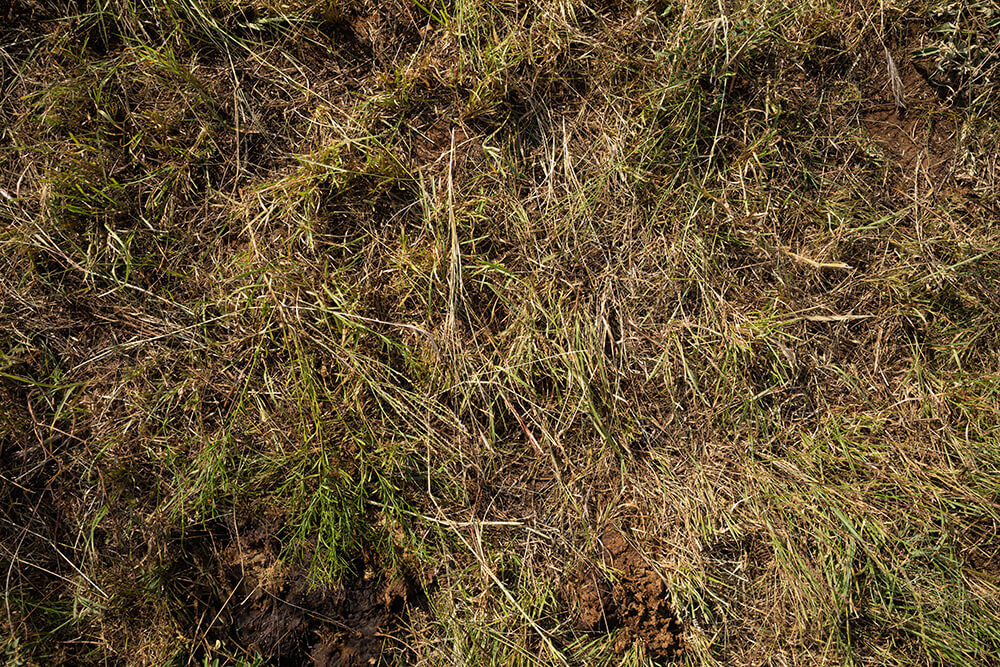
Step 6: Dig deeper
Digging a small hole can tell you a large amount of information, Wells says.
He wants to see:
- How deep does the black layer go into the soil?
- What does the soil smell like?
- Is it hard as a rock (dry), or is it easy to dig into (higher moisture content)?
- What type of soil is it? Clay, sandy, loamy?
- How much soil is surrounding the root of a plant?
- Is there indication of insect or other invertebrate activity in the soil, such as worm casings, tunnels, evidence of beetle activity, etc.?
- Do the roots extend deep into the soil, or is there a point where the roots turn and grow laterally?
He says it’s important to remember that the time of year, weather conditions and types of forages present determine what you should expect when digging.
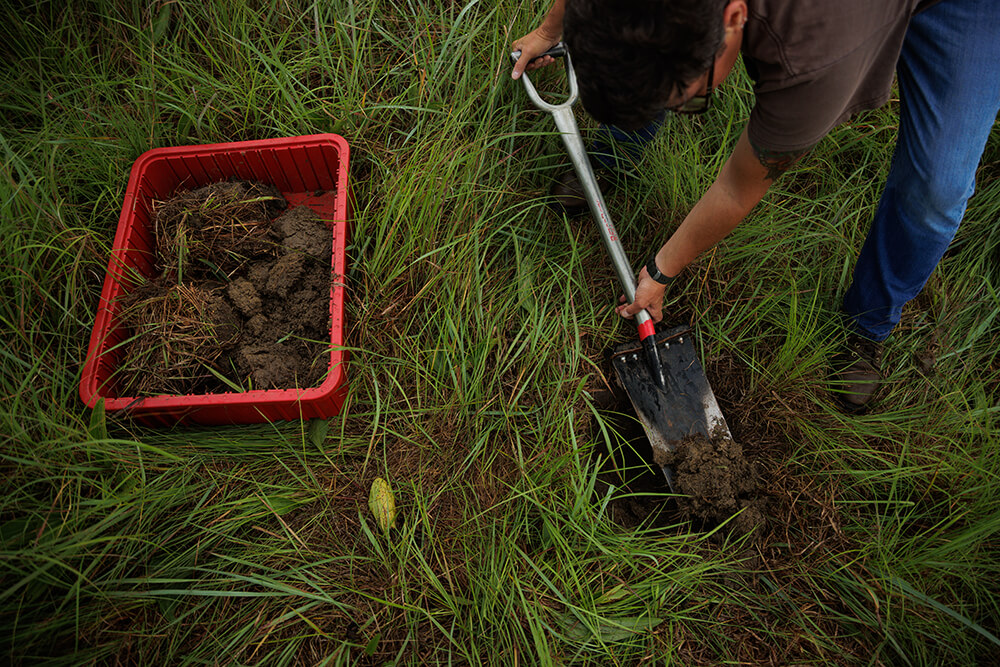
Step 7: Look for trees
While the number of trees present will vary from region to region, Wells says he wants to see some in a healthy nutrient cycle — especially in the Cross Timbers region where the Noble Ranches are.
It’s been proven trees are beneficial for mycorrhizal fungi, which play a very important role in increasing mineral uptake from the soil.
Of course, Wells explains, it’s a balancing act.
“I don’t want the property to be in a woods or a thick forest, per se, because our goal is grazing and to have grazing animals there,” Wells says. “We have to optimize the species diversity with the trees, so that way we still have ample quantity of forage that those grazing animals can eat.”

Fixing a disrupted nutrient cycle
If the nutrient cycle is broken, the solution will depend on the symptoms.
Fix 1. Graze more livestock for shorter times
Wells says if he sees tall, standing grasses, or if there’s a large percentage of undesirable forage, he’ll recommend an ultra-high stock density of a half-million pounds or more per acre for a short duration of time — even as little as a couple of hours. If using a short-duration, ultra-high-stock-density grazing strategy, you can move the cows into the area early in the morning to graze for a few hours while it is cool. This reduces or eliminates the worry and need for shade and water.
“They’re going to eat, but they’re also going to trample down the majority of what they don’t eat,” he explains. “And so that’s going to put things onto the soil, and if that leaf litter is gray, it’s going to help stir that up a little bit on the soil and push it down into the soil to help get that soil contact with the leaf litter. So that way it’ll help the water cycle and help the nutrient cycle.”
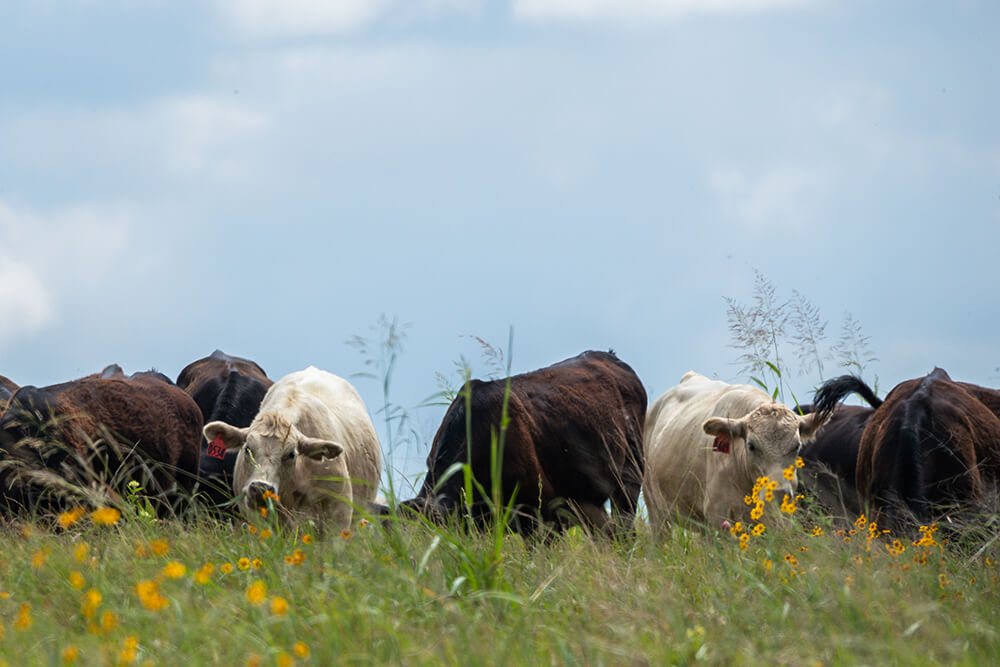
Fix 2. Increase plant diversity
“Mother Nature abhors a monoculture,” Wells says. “If you’ve got one, stop managing it as such.”
He says contrary to how most ranchers were brought up, forbs are our friend and not our enemy.
“I remember early in my career when agronomists were telling people, ‘For every pound of weeds you kill, you’ll get a pound of grass in its place,’” Wells says. “And while that could be true, that’s not allowing for a healthy ecosystem.”
While Wells’ advice to embrace forbs and other species in a pasture may feel like a one-eighty, he says it’s important to remember we have to make decisions on the science available at the time — and we’re learning more every day.
“As ranchers, we should be as conscientious of a land steward as we possibly can with the knowledge and the context and the data that we have,” Wells says. “We’ve learned and are continuing to learn that species diversity has the ability to help get the nutrient cycle functioning more robustly than it was before.”
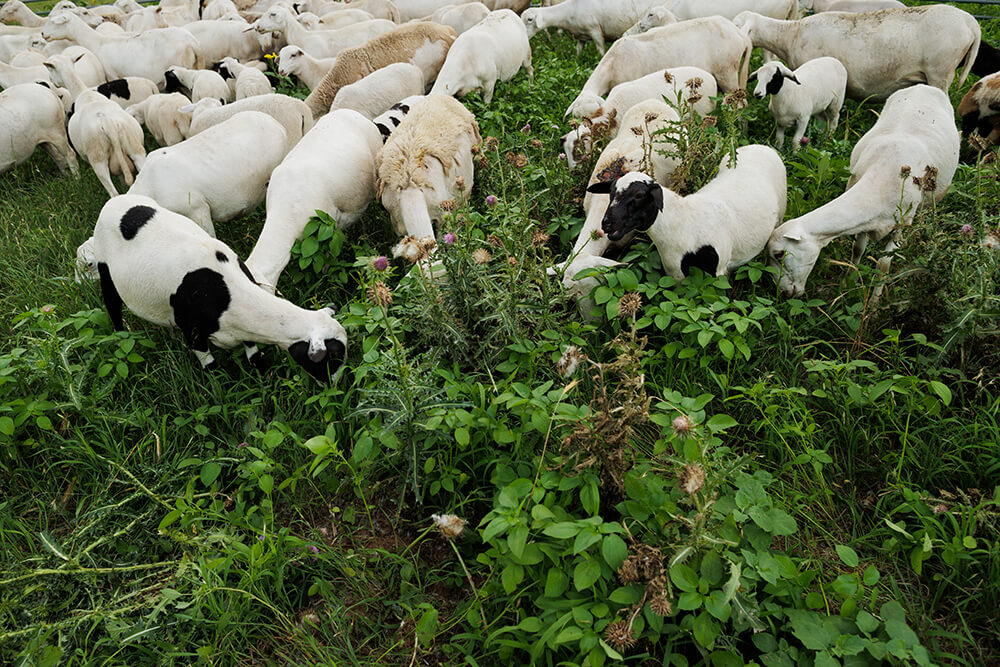
Fix 3. Add new livestock species to your ranch
If cattle are the only livestock grazing a grassland, Wells says a rancher is missing out.
“If I’m only running cattle, one of the best things I can do is to put goats or sheep or chickens out there,” Wells says. “It’s been said there’s something magical about their manure.” He explains while cow manure generally falls in one pile, the way other animals defecate in pellet form mimics mechanical fertilizer spreading.
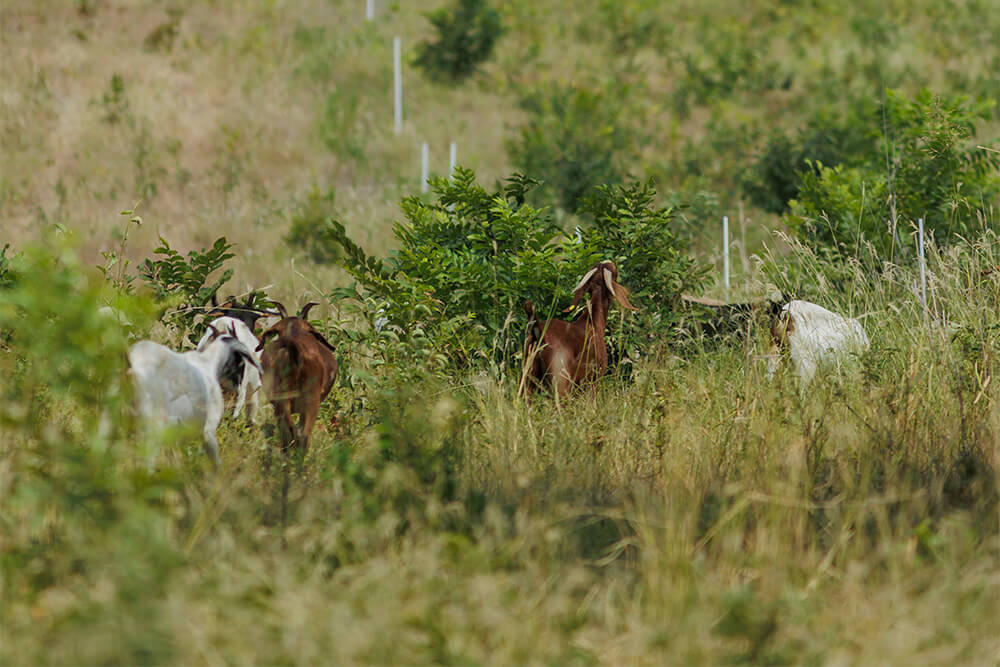
There’s no silver bullet — but these concepts will always help
While every ranch is different, putting soil health first will always help ecosystem processes work more optimally.
Have you noticed any of the symptoms of a broken nutrient cycle on your ranch? What steps are you taking — or will you take — to correct it? Drop us a note in the comments!

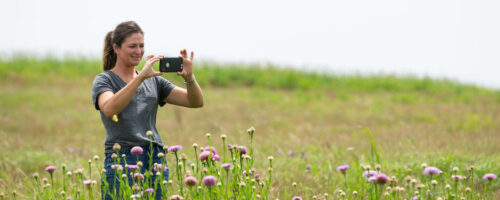
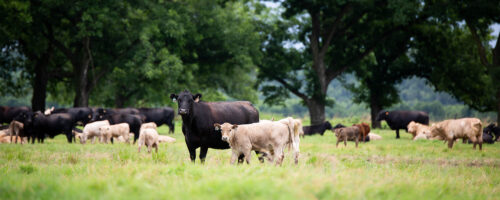
Comment